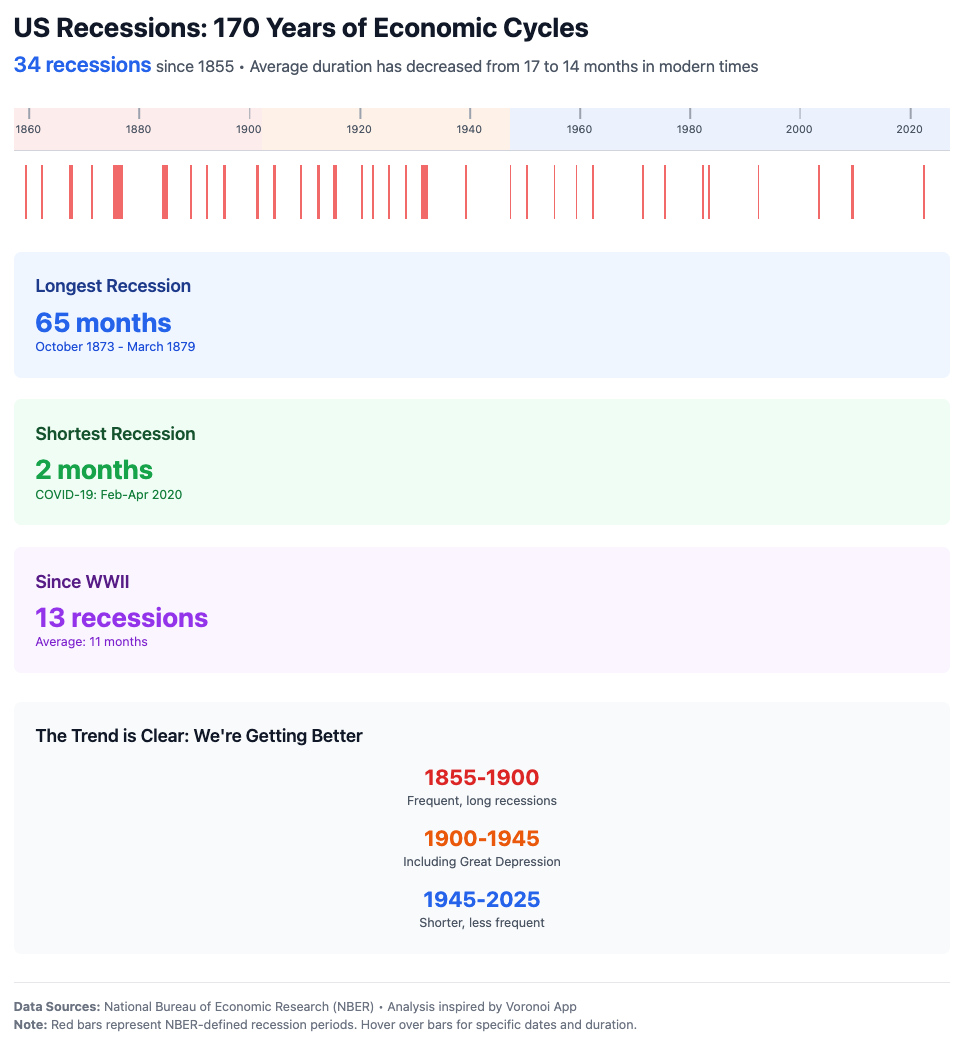Preferred equity 101
- Anatoly Iofe

- Dec 7, 2023
- 3 min read

Preferred equity is a part of capital structure: it sits between common equity and debt in a company's capital structure, offering a unique blend of characteristics from both.
It holds a higher claim on a company's assets and earnings than common equity but typically ranks below debt. Preferred equity investors receive dividends before common shareholders, and these dividends are often fixed, offering a more predictable income stream. Unlike common equity, preferred equity usually doesn't come with voting rights, aligning it more closely with debt instruments. However, in contrast to debt, the dividends on preferred equity are not obligations and can be deferred by the company in certain situations, adding an element of risk. Understanding preferred equity is essential for investors and companies alike, as it can influence financial strategies and investment decisions.
Definition and Basic Characteristics
Preferred equity is a type of equity investment that has priority over common equity in terms of profit distribution and claims on assets. It typically offers a fixed dividend, which is paid out before any dividends are paid to common shareholders. However, unlike debt, these dividends are not legally binding, and companies may defer them in certain circumstances.
One key feature of preferred equity is its hybrid nature. It behaves like equity in that it represents ownership in a company, but it also shares characteristics with debt, such as fixed income and priority over common equity in bankruptcy proceedings. Preferred shares often come with no voting rights, distancing them from common equity's influence over company decisions.
Pros and Cons
The benefits of preferred equity include:
Stable Income: Preferred equity often provides a steady income stream through fixed dividends, making it attractive for income-focused investors.
Priority Over Common Equity: In the event of bankruptcy, preferred equity holders are paid before common equity holders, reducing the risk of loss.
Convertible Options: Some preferred shares are convertible into common shares, offering potential for capital appreciation.
However, there are also drawbacks:
Limited Growth Potential: Unlike common equity, preferred equity typically doesn't offer much in terms of capital growth.
Dividend Suspension Risk: Companies can defer dividend payments, which can affect the expected income from these investments.
Interest Rate Sensitivity: Preferred shares often react to changes in interest rates, similar to bonds, which can affect their market value.
Comparison with Common Equity and Bonds
Preferred equity is distinct from both common equity and bonds. The main differences include:
Common Equity vs. Preferred Equity:
Common shareholders have voting rights and potential for unlimited capital gains. However, they are last in line during asset liquidation. Preferred shareholders, conversely, have no voting rights but enjoy fixed dividends and higher claim on assets.
Bonds vs. Preferred Equity:
Bonds are a form of debt with legally binding interest payments and principal repayment. Preferred equity, while offering fixed dividends, does not guarantee these payments and does not have a maturity date like bonds.
Challenges, Risks, and Considerations
Investors considering preferred equity must be aware of several risks and challenges:
Interest Rate Risk: Preferred shares are sensitive to interest rate changes. Rising rates can decrease their value.
Call Risk: Companies can recall preferred shares at a predetermined price, which can limit capital appreciation potential.
Market Risk: The market price of preferred shares can fluctuate, leading to potential capital loss if sold before maturity.
Liquidity Risk: Preferred shares are typically less liquid than common shares, which can make them harder to sell quickly.
Conclusion
Preferred equity is an important component of the capital structure, offering a balance between the stability of debt and the growth potential of common equity. It's suitable for investors seeking stable income with a higher priority claim than common shareholders. However, the risks associated with interest rates, market volatility, and liquidity must be carefully considered. Understanding these nuances is crucial for both companies structuring their capital and investors diversifying their portfolios.
Disclaimer:
Information provided is for informational purposes only, and does not constitute an offer or solicitation to sell, a solicitation of an offer to buy, any security or any other product or service. Accordingly, this document does not constitute investment advice or counsel or solicitation for investment in any security. The information in this material is not intended as tax or legal advice. Please consult legal or tax professionals for specific information regarding your individual situation.




